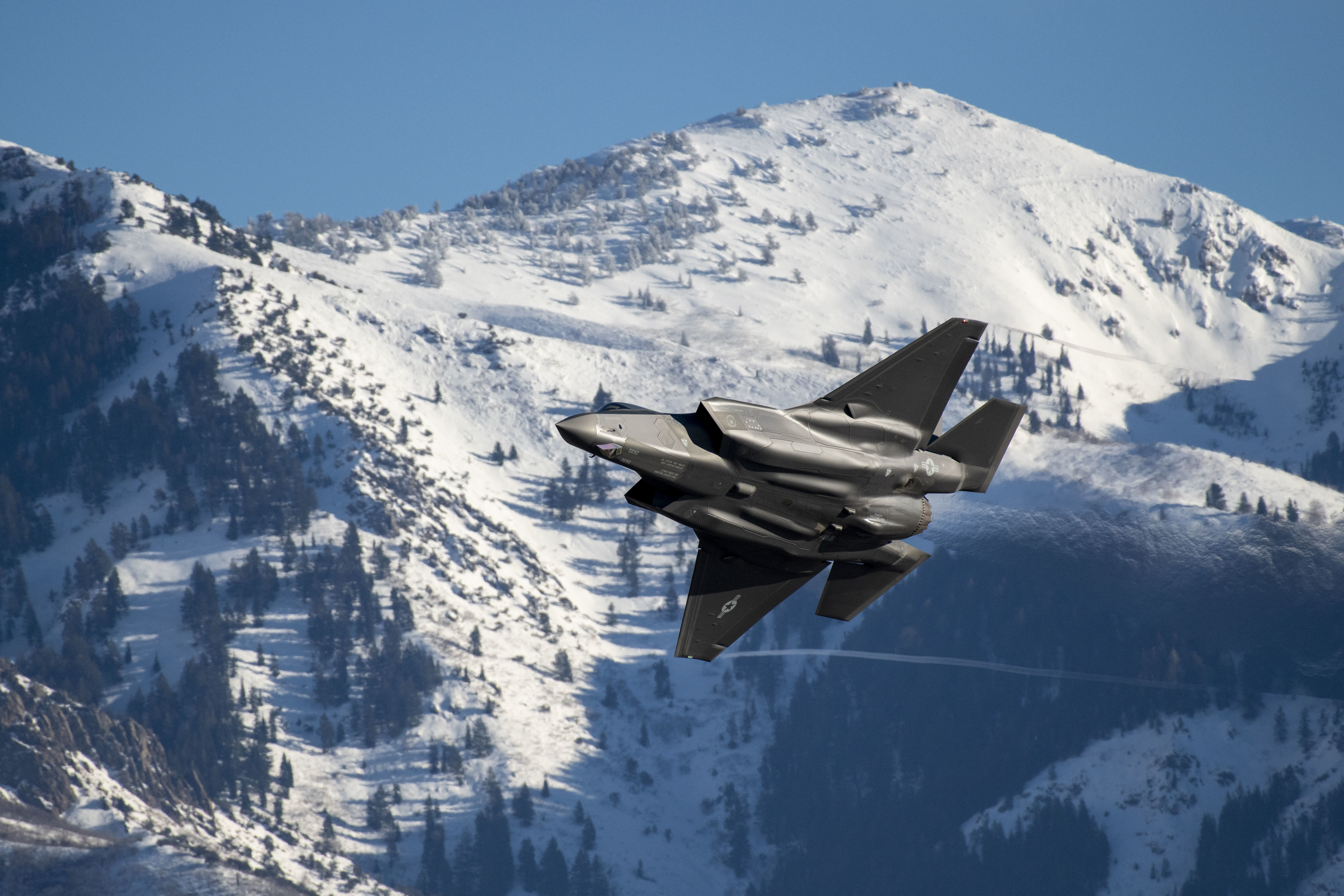SOURCE: RAUNAK KUNDE / NEWS BEAT / IDRW.ORG


US Vice President JD Vance, speaking at the Rajasthan International Centre in Jaipur, made a compelling case for India to acquire American F-35A stealth fighter jets, stating, “American F-35s will give the Indian Air Force the ability to defend airspace and protect your people.” The remarks came during a four-day official visit to India, accompanied by his wife Usha Vance, their children, and a high-level American delegation. The visit, which includes cultural engagements and high-stakes diplomatic discussions, underscores the growing momentum in India-US defence ties, with the F-35A emerging as a focal point of strategic military cooperation.
US Vice President JD Vance, accompanied by his wife Usha Vance, their children, and a high-level American delegation, arrived in India on April 21 for a four-day official visit aimed at deepening strategic ties between the United States and India. The visit, which includes meetings with Prime Minister Narendra Modi and National Security Adviser Ajit Doval, comes amid reports from American sources suggesting that the US is poised to offer India the coveted fifth-generation F-35A Lightning II stealth fighter jet.
This development follows discussions between President Donald Trump and PM Modi in February 2025, where a range of strategic military deals, including the F-35A, additional P-8I maritime patrol aircraft, Chinook helicopters, and Stryker Armored Personnel Carriers (APCs), were on the table. However, the Indian Air Force’s (IAF) preference for a competitive Multi-Role Fighter Aircraft (MRFA) tender with local production clauses could tilt the scales in favor of the French Rafale, complicating the US push for a government-to-government (G2G) deal.
JD Vance’s visit, which includes stops in Delhi, Jaipur, and Agra, blends diplomacy, trade negotiations, and cultural engagements. On April 21, Vance met PM Modi at his official residence, where the leaders launched the India-US COMPACT (Catalyzing Opportunities for Military Partnership, Accelerated Commerce & Technology), a new initiative to strengthen military, trade, and technology ties. According to a statement from Modi’s office, the leaders “welcomed significant progress” in bilateral trade negotiations and discussed enhanced cooperation in defense, energy, and strategic technologies. The visit, marked by a warm reception and cultural visits to sites like the Akshardham Temple and the Taj Mahal, underscores the personal and strategic dimensions of India-US relations, with Usha Vance’s Indian heritage adding a cultural bridge.
However, the spotlight is firmly on defense cooperation, with a high-level Pentagon delegation is accompanying Vance to discuss the potential sale of F-35A stealth fighters to India. One post stated, “High level Pentagon delegation accompanying US Vice President Vance on trip to India today, for discussion on F-35 stealth fighters sale to India.” While such posts reflect public sentiment, they remain unverified, and the Indian Ministry of Defence has not confirmed these claims.
In February 2025, during PM Modi’s visit to Washington, President Trump announced plans to boost US military sales to India by “billions of dollars” and hinted at paving the way for an F-35A sale, a move that would position India among an elite group of operators, including Quad partners Japan, Australia, and the US. The F-35A, a fifth-generation stealth fighter built by Lockheed Martin, boasts advanced capabilities in stealth, sensor fusion, and network-centric warfare, making it a potent asset against adversaries like China’s J-20 and J-35 stealth fighters. American reports suggest that the Pentagon is keen to offer the F-35A to India to ensure interoperability among Quad nations, enhancing their collective ability to counter China’s growing influence in the Indo-Pacific.
The US has been pushing India to increase its procurement of American defense platforms, including additional P-8I Neptune maritime patrol aircraft, CH-47 Chinook heavy-lift helicopters, and Stryker APCs. A joint statement from the February meeting highlighted plans for new procurements and co-production of Javelin anti-tank missiles and Stryker vehicles, as well as the acquisition of six more P-8I aircraft to bolster India’s maritime surveillance in the Indian Ocean Region. These deals align with India’s need to modernize its military, with New Delhi expected to spend over $200 billion over the next decade to counter regional threats, particularly from China.
However, the F-35A offer faces significant hurdles. Last month, both India’s Defence Secretary and the IAF Chief denied receiving any official proposal for the F-35A, casting doubt on the immediacy of such a deal. The IAF’s focus remains on the MRFA tender, which seeks 114 multi-role fighter aircraft to address a critical shortfall in squadron strength—currently at 31 against a sanctioned 42. The tender emphasizes local production and technology transfer under the “Make in India” initiative, a requirement that favors platforms like the Dassault Rafale, which India already operates and has selected for its naval variant. Reports indicate that the IAF is leaning toward procuring 114 additional Rafales through a G2G deal, with negotiations potentially concluding by 2027.
The Pentagon’s backing of the F-35A offer is driven by strategic imperatives, particularly the desire to strengthen the Quad as a counterweight to China. With Japan and Australia already operating or planning to operate F-35s, equipping India with the same platform would enhance interoperability, enabling seamless data sharing and joint operations.
NOTE: Article cannot be reproduced without written permission of idrw.org in any form even for YouTube Videos to avoid Copy right strikes. Websites doing illegal reproductions will get DMCA and Legal Notices.